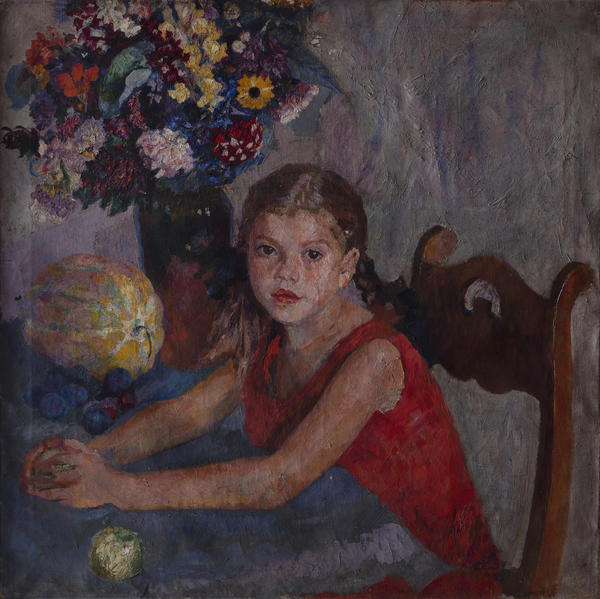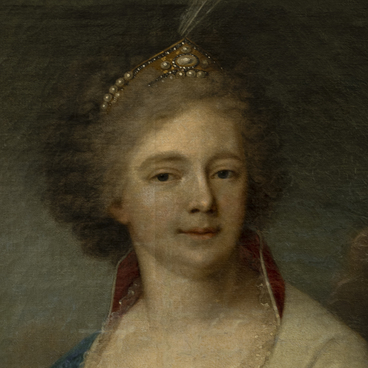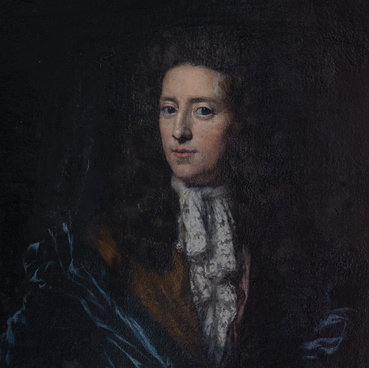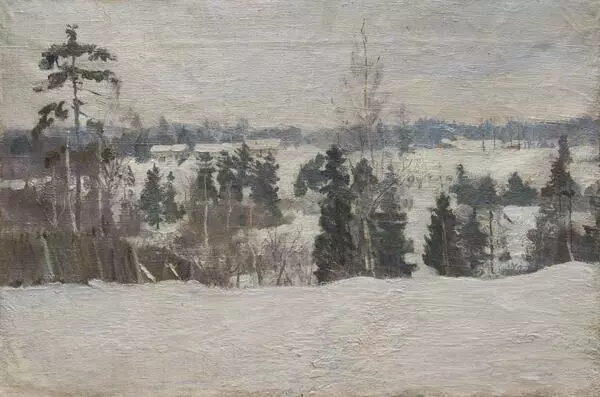Boris Vladimirovich Ioganson is a Russian and Soviet artist and teacher, one of the leading representatives of socialist realism in painting art, a professor. During the Soviet times, paintings by Boris Ioganson were considered model ones, ideally complying with the socialist realism principles.
In 1913—18, Ioganson was a student of Moscow School of Art, Sculpture and Architecture. In 1922, joined the Association of the artists of revolutionary Russia. Between 1958 and 1962, he headed the Academy of Arts. Boris Ioganson is a master of realistic painting having greatly affected its recovery and development in Soviet environment. Observing the developments of the new lifestyle, the images of new Soviet people, Ioganson created paintings truthfully depicting the surrounding life. In 1933, Ioganson create a major painting Interrogation of Communists. This painting was devoted to the Civil War times. In 1937, -another major painting of Ioganson appeared; it was At the Old Plant in the Urals featuring professional excellence and typical characters. In 1941, Ioganson received the Stalin’s award for this painting. In 1940, the artist painted V.I. Lenin and I.V. Stalin — the Leaders of October.
The painting Daughter’s Portrait of 1928 is one of the best lyrical pieces by the artist. This painting resembles Girl with Peaches by Valentin Serov, as well as women and children in the pieces by French impressionists. At the same time, it is quite clear for the audience: they see a character of the other epoch. This becomes evident through tighter movements and lack of free plain-air space. Natural outburst, dynamics and airiness are noticeable in the gesture of thin nude arms and in the twist of the head. This young model is impatient and curious of those wonderful things born under the brush of her father. The artist is playfully constructing the composition of the portrait: the still life in this painting is nor a part of the child’s world of the artist’s daughter, it is the way to demonstrate the diversity of plastic shapes.
31 years after creating the Daughter’s Portrait, Boris Ioganson painted another lyrical piece — Girl with Flowers
In 1913—18, Ioganson was a student of Moscow School of Art, Sculpture and Architecture. In 1922, joined the Association of the artists of revolutionary Russia. Between 1958 and 1962, he headed the Academy of Arts. Boris Ioganson is a master of realistic painting having greatly affected its recovery and development in Soviet environment. Observing the developments of the new lifestyle, the images of new Soviet people, Ioganson created paintings truthfully depicting the surrounding life. In 1933, Ioganson create a major painting Interrogation of Communists. This painting was devoted to the Civil War times. In 1937, -another major painting of Ioganson appeared; it was At the Old Plant in the Urals featuring professional excellence and typical characters. In 1941, Ioganson received the Stalin’s award for this painting. In 1940, the artist painted V.I. Lenin and I.V. Stalin — the Leaders of October.
The painting Daughter’s Portrait of 1928 is one of the best lyrical pieces by the artist. This painting resembles Girl with Peaches by Valentin Serov, as well as women and children in the pieces by French impressionists. At the same time, it is quite clear for the audience: they see a character of the other epoch. This becomes evident through tighter movements and lack of free plain-air space. Natural outburst, dynamics and airiness are noticeable in the gesture of thin nude arms and in the twist of the head. This young model is impatient and curious of those wonderful things born under the brush of her father. The artist is playfully constructing the composition of the portrait: the still life in this painting is nor a part of the child’s world of the artist’s daughter, it is the way to demonstrate the diversity of plastic shapes.
31 years after creating the Daughter’s Portrait, Boris Ioganson painted another lyrical piece — Girl with Flowers





